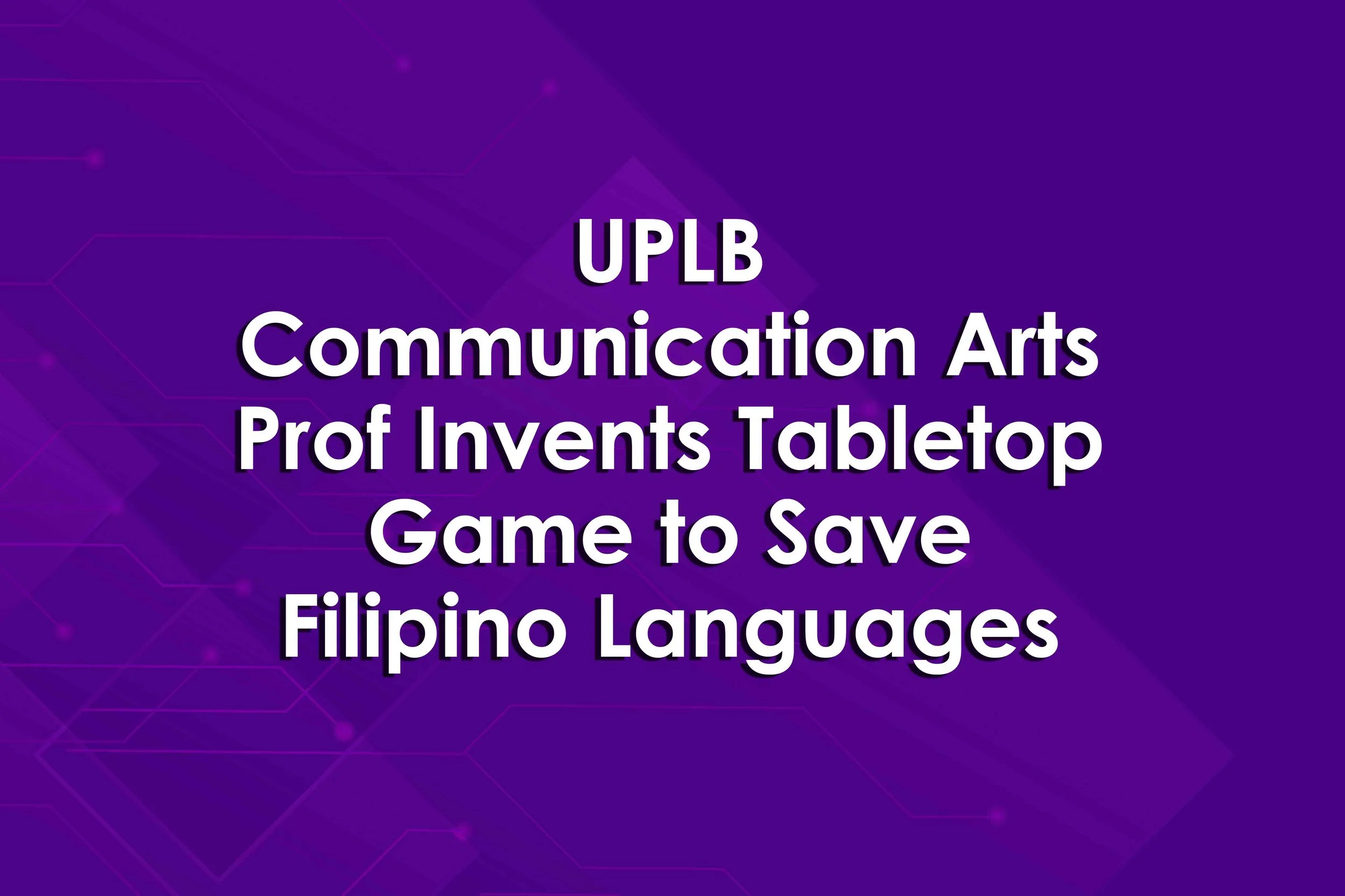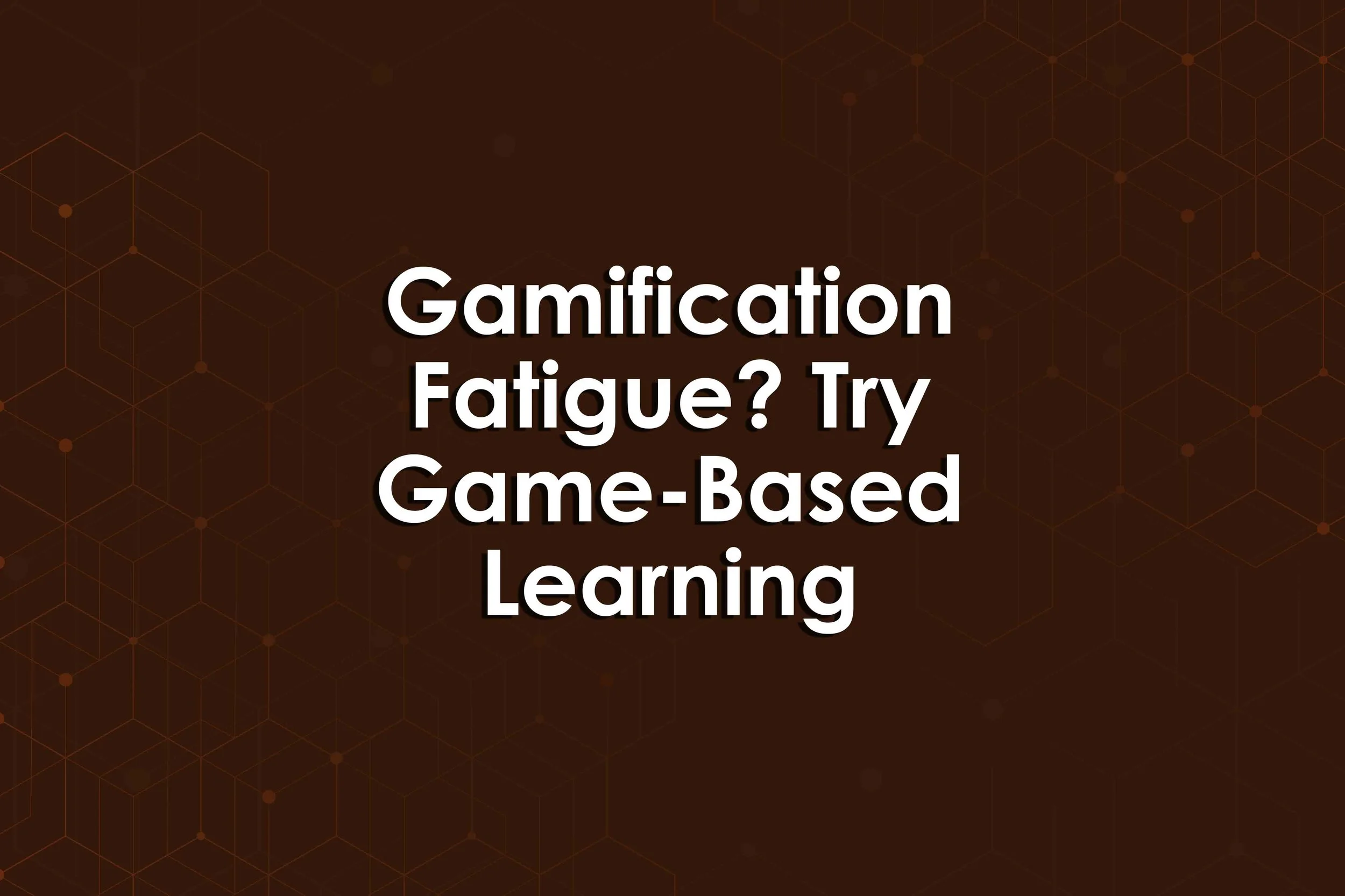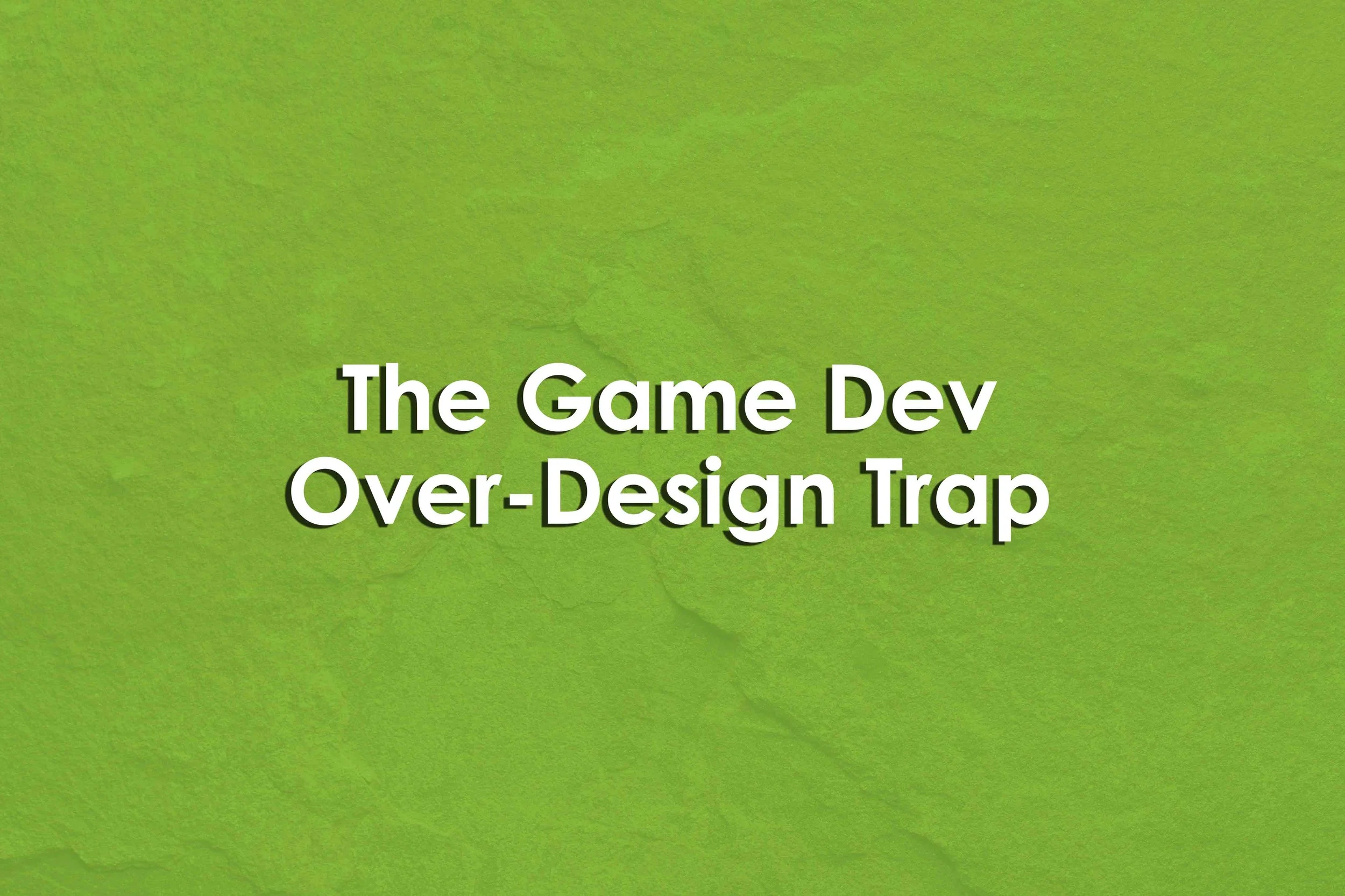The Scenario Game, developed by the Bavarian Foresight-Institute and armasuisse, offers a simplified, interactive approach to scenario planning in response to growing uncertainty from economic instability, climate change, and rapid technological shifts.
Read MoreVideo games have evolved to offer immersive, realistic environments that reflect both creativity and technical detail. Cities in games like The Legend of Zelda: Breath of the Wild are designed around characters and gameplay mechanics, showing originality through fantasy.
Read MoreA study published in JMIR Serious Games suggests that serious video games, when used alongside medication, may help improve certain ADHD symptoms. Researchers tested a video game called The Secret Trail of Moon (MOON) on 76 children and teens with ADHD.
Read MoreFran Warner, a narrative designer at Mighty Kingdom, shares her journey from film production in Los Angeles to game development in Adelaide. Starting as a producer, she transitioned into narrative design, overseeing storytelling for mobile games like Star Trek: Lower Decks.
Read MoreStardew Valley, created solely by Eric Barone (ConcernedApe), is a peaceful farming simulator embraced by over 41 million players for its relaxing gameplay and nostalgic charm. Inspired by Harvest Moon, Barone developed the pixel-art game during a period of unemployment, aiming to offer players a soothing, nature-based escape from modern life.
Read MoreAccessible design has become essential on gaming and learning platforms. Low-deposit casino lessons instill the lesson of reduced barriers in creating engagement, which aligns with onboarding in the learning world.
Read MoreCheng “Chris” Chen, assistant professor at Elon University, co-authored a study exploring how narrative-driven game design can influence prosocial intentions, particularly regarding school bullying. Published in Media and Communication, the research found that players who assume the role of a bully and make narrative decisions show increased empathy and prosocial intent toward victims.
Read MoreThe National University of Rosario (UNR) highlights Tëkun, an educational game publisher founded by UNR alumni. With over 15,000 games distributed nationwide, Tëkun creates tabletop games that promote face-to-face interaction and environmental education.
Read MoreMariyel Hiyas Liwanag, Assistant Professor at UPLB and Director of its Learning Resource Center, developed Isabuhay, a tabletop game promoting awareness of Philippine native languages.
Read MoreIn 2024, gaming generated nearly $455 billion, surpassing the movie and music industries, with women making up almost 50% of players. Despite this, the industry still struggles with gender-based harassment—83% of Australian women reported abuse in games—and lacks diversity in development roles.
Read MoreLittle By Little is a trauma-informed card game designed to build trust between formerly unhoused individuals and care providers. Created by Joyce Lai and Dana Su, the game features 72 accessible, bilingual prompts in a friendly design, encouraging safe, meaningful conversations.
Read MoreRecent research highlights the transformative potential of game-based learning, particularly through immersive VR environments. One study found that competitive elements in environmental VR games affected students differently based on prior knowledge, emphasizing the need for adaptive design.
Read MoreOpera in video games has evolved from background references to central, interactive experiences that enhance storytelling and emotional depth.
Read MoreA study published in JMIR Serious Games examined the effects of a serious video game, The Secret Trail of Moon (MOON), on ADHD symptoms in 76 children and adolescents receiving medication.
Read MoreGamified learning became popular during the pandemic for its ease and student engagement, using rewards like points and badges. However, critics argue it emphasizes extrinsic motivation and surface-level learning, leading to fatigue among educators.
Read MoreIn the past, children enjoyed outdoor games that fostered social bonds and resilience. Today, those spaces are replaced by screens and content-driven isolation.
Read MoreTwo Park City High School students, Taylor Bergman and Garrett Moreno, helped create interactive history games through the PCCAPS program, which connects students with real-world business projects. Partnering with Victoria Sanders of Elephanta Education, they contributed to developing and testing the "Brave" game series aimed at middle and high school students.
Read MoreThe author reflects on the pitfalls of over-design in indie game development, particularly among new developers striving for originality. They identify two main traps: unnecessary genre-blending that leads to unfocused experiences, and excessive gameplay complexity that adds little real value.
Read MoreU.S. Air Force Academy cadets Michaela Kovalsky and Kieran McCauley won the People’s Choice award at the 2024 Serious Games Showcase & Challenge during the I/ITSEC conference in Orlando. They developed the Land Engagement Adjudication Platform (LEAP), a simulation tool used in the Academy’s Multi-Domain Laboratory to support wargaming and force employment strategy training.
Read More"The Trck" uses gamification and exergaming to tackle global physical inactivity by blending fitness with the engagement of video games. CEO Marcus Meyer emphasizes fun, rewards, social interaction, and community to motivate users, especially the 1.8 billion inactive adults worldwide.
Read More



















